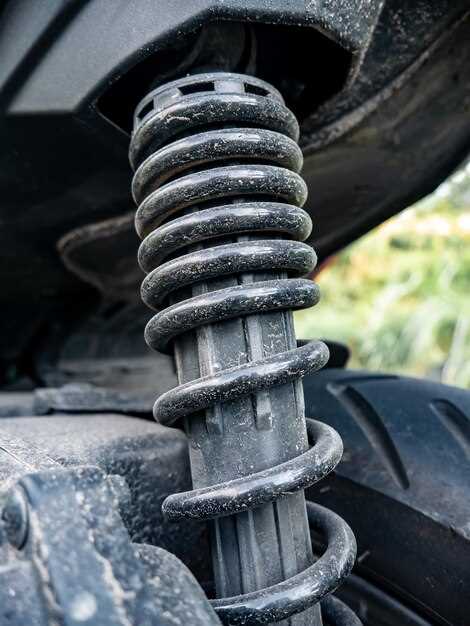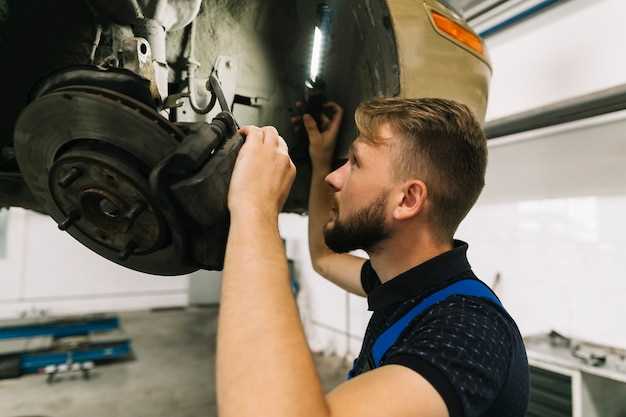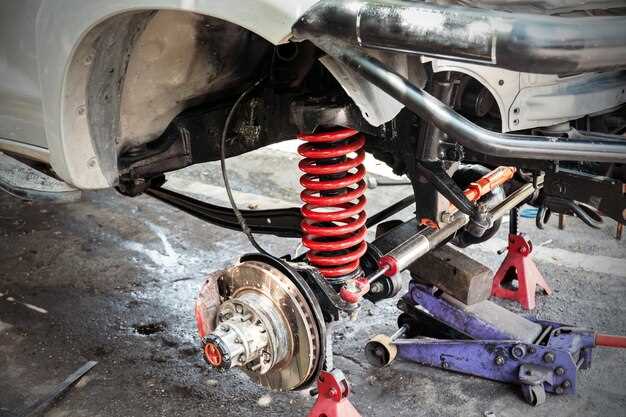When to Replace Your Shock Absorbers

Shock absorbers, commonly referred to as “shocks,” play a crucial role in the overall performance and safety of your vehicle. They are responsible for controlling the impact and rebound movement of your vehicle’s springs and suspension, ensuring that your ride remains smooth and stable. When shocks begin to wear out, they can significantly affect not only your comfort but also your vehicle’s handling and braking efficiency.
While it’s easy to overlook this essential component in your car’s maintenance routine, there are several identifiable signs that can indicate it’s time for a replacement. From a noticeable decrease in ride quality to increased stopping distances, being aware of these warning signals can help you prevent further damage to your vehicle and enhance your driving experience.
In this article, we will explore the key indicators that signal your shocks may need to be changed, allowing you to make informed decisions about your vehicle’s maintenance. By recognizing these signs early, you can ensure that your car continues to operate safely and efficiently on the road.
Unusual Noise During Turns or Bumps

Experiencing unusual noises during turns or when hitting bumps can be a clear indicator that your vehicle’s suspension system needs attention. When shock absorbers are functioning properly, they help maintain a smooth ride by absorbing impacts and minimizing vibrations. However, worn or damaged shocks can lead to excessive play in the suspension components.
If you hear clunks, rattles, or pops when navigating corners or uneven surfaces, these sounds often signal that the shock absorbers are no longer effectively dampening the motion of the springs. This can result in a loss of control, affecting handling and stability. Over time, the suspension may suffer further damage if these sounds go unaddressed, leading to more costly repairs.
It is essential to inspect your shock absorbers if you notice such noises. Checking for signs of leakage, corrosion, or physical damage can help determine whether replacements are necessary. Additionally, a professional evaluation can provide insights into the overall health of your suspension system, ensuring that your vehicle remains safe and comfortable to drive.
Excessive Vehicle Sway and Body Roll
Excessive vehicle sway and body roll are clear indicators that your suspension system, particularly your shock absorbers, may need replacement. When driving, a comfortable and stable ride is essential for safety and control. If you notice your vehicle swaying significantly during turns or experiencing excessive body roll, it suggests that your shocks are failing to perform their function effectively.
Shock absorbers are designed to control the up-and-down movement of your vehicle’s body. When they wear out, they can no longer dampen the forces acting on the suspension system. This deterioration leads to an unstable driving experience, causing excessive lean in corners and making it difficult to maintain control over the vehicle.
Additionally, if you find yourself overcorrecting regularly while driving or feel the vehicle bouncing excessively after encountering bumps or dips, these are further signs that your shocks may be compromised. The inability of the suspension to manage weight transfer when cornering will not only impact handling but could also lead to increased tire wear and potential damage to other suspension components.
Addressing these issues promptly can improve the overall safety and performance of your vehicle. Regular inspections of your suspension, particularly after significant mileage or harsh driving conditions, can help identify worn shock absorbers before they lead to more serious problems.
Uneven Tire Wear Patterns

Uneven tire wear patterns can be a clear indication that your vehicle’s shocks may need replacement. When shock absorbers are worn out, they fail to properly dampen the impact of road irregularities, leading to a bouncy or unstable ride. This instability can cause tires to make uneven contact with the road surface, resulting in irregular wear.
Common signs of uneven tire wear include wearing on one edge of the tire, patches of bald spots, or excessive wear in specific areas. For instance, if you notice that the outer edges of your tires are wearing more quickly than the center, this can be a symptom of inadequate shock absorption. When shocks aren’t functioning properly, the tires may be subjected to increased lateral force during turns, exacerbating uneven wear.
Additionally, if your vehicle experiences excessive body roll, swaying, or bouncing, it’s likely that the shocks aren’t providing the necessary support. This instability not only affects tire wear but can also compromise handling and safety. Regular inspections of both your tires and shocks are essential in maintaining vehicle performance and longevity.
Addressing uneven tire wear promptly can prevent further damage to your shocks and tires, ensuring a smoother ride and better traction. If you observe these wear patterns, it’s advisable to evaluate your shocks as part of your vehicle maintenance routine.

